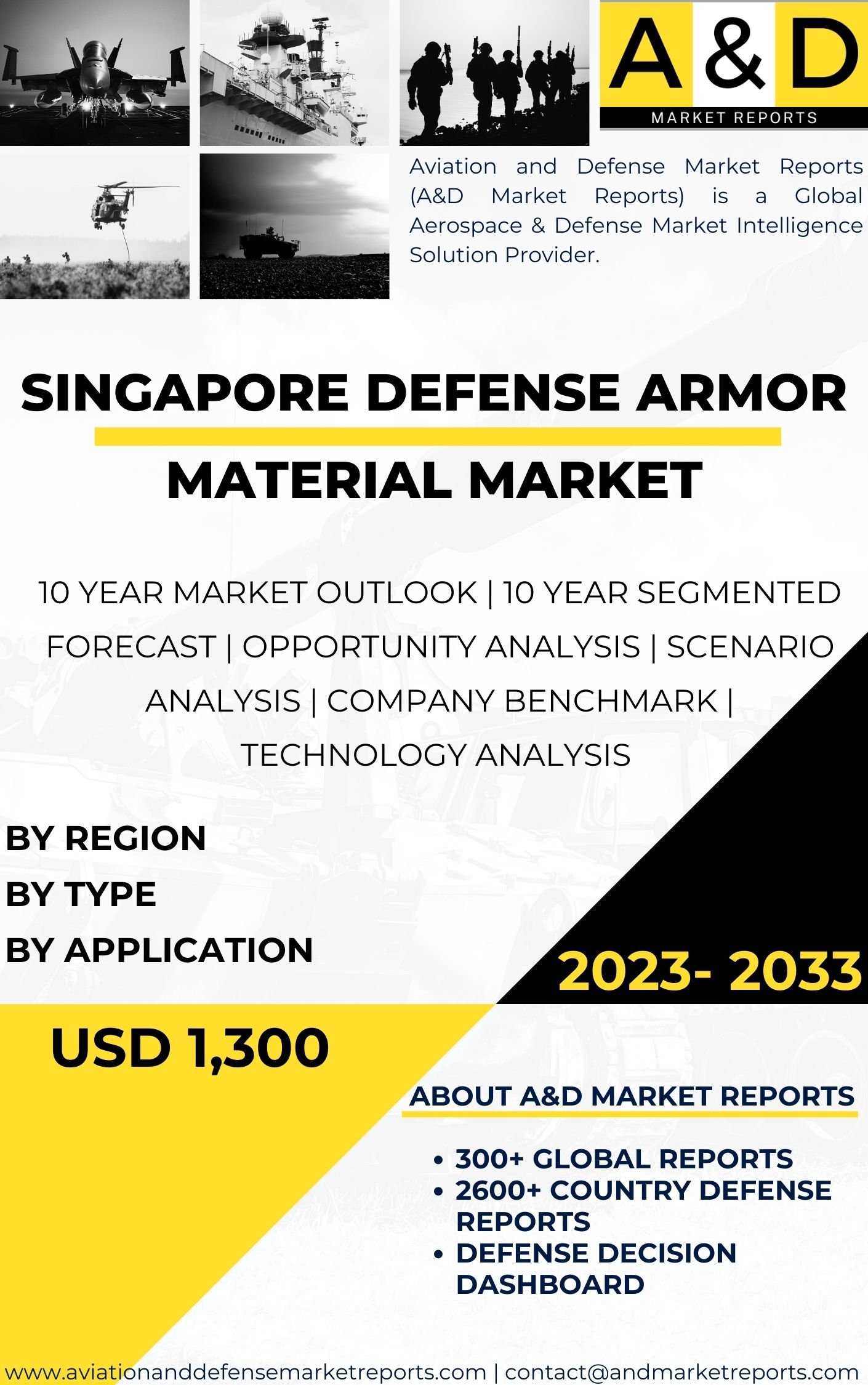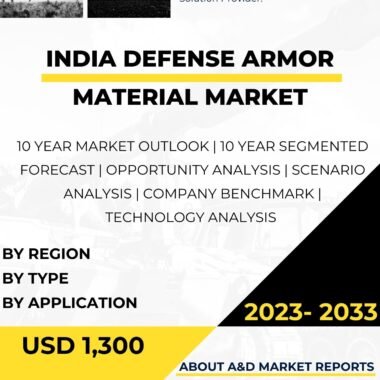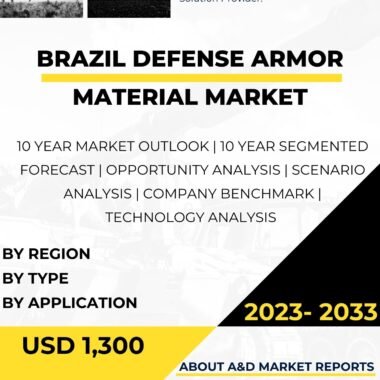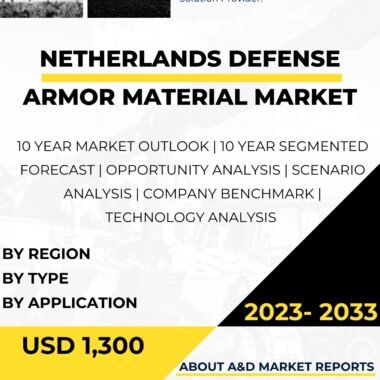Description
The defense armor material market in Singapore has experienced significant growth as the country continues to invest in advanced technologies to enhance its defense capabilities. Armor materials play a critical role in modern defense applications, providing protection for military personnel, vehicles, and equipment against various threats, including ballistic impacts, explosions, and chemical attacks.
As a small and highly advanced nation in Southeast Asia, Singapore faces unique security challenges and relies on cutting-edge defense technologies to safeguard its territorial integrity and strategic interests. The adoption of sophisticated armor materials is a strategic move by the Singapore Armed Forces (SAF) to ensure the safety and effectiveness of its defense personnel and assets.
Armor materials encompass a wide range of technologies, including ballistic ceramics, composite materials, high-strength alloys, and reactive armor systems. These materials are engineered to provide optimal protection while maintaining a balance between weight, durability, and cost-effectiveness.
Singapore’s focus on technological innovation and indigenous defense production extends to the development of armor materials for its defense applications. The country’s defense industry actively invests in research and development initiatives to create cutting-edge armor materials tailored to specific defense requirements.
Moreover, Singapore collaborates with international defense companies and research institutions to access expertise and technologies related to armor materials. These partnerships enable Singapore to stay at the forefront of armor material development and benefit from global innovation in the defense armor material market.
The integration of advanced armor materials into Singapore’s defense applications offers several advantages. Firstly, it enhances the safety and survivability of military personnel and assets, enabling them to operate in high-threat environments with reduced risk of casualties.
Secondly, indigenous production capabilities enable customization of armor materials to suit specific defense requirements, ensuring optimal protection and compatibility with existing defense systems.
The adoption of advanced armor materials is not limited to personnel protection. It extends to various defense platforms, including armored vehicles, naval vessels, and aircraft. The integration of advanced armor materials in these platforms enhances their resilience and operational effectiveness during combat and crisis scenarios.
As Singapore continues to modernize and upgrade its defense platforms, the demand for state-of-the-art armor materials increases. Upgrading existing platforms with the latest armor technologies improves their survivability, extends their service life, and ensures that the SAF remains a capable and technologically advanced defense force.
Moreover, the integration of advanced armor materials aligns with Singapore’s commitment to sustainability and reduced environmental impact. Advanced armor technologies often lead to lighter and more efficient systems, which can result in reduced fuel consumption and emissions, contributing to Singapore’s efforts to promote eco-friendly practices in its defense operations.
In addition to traditional ballistic protection, Singapore’s investment in armor materials extends to other defense applications, such as chemical, biological, radiological, and nuclear (CBRN) protection. Advanced armor materials can be engineered to resist chemical agents and provide enhanced protection against CBRN threats.
Furthermore, Singapore actively participates in international defense exhibitions and forums, showcasing its indigenous armor material capabilities and establishing itself as a reliable defense partner in the global market.
As Singapore continues to invest in its defense armor material capabilities, it places a strong emphasis on continuous improvement and optimization. Feedback from military personnel and ongoing research and development efforts inform the enhancement of existing armor materials and the development of new technologies tailored to specific defense requirements.
In conclusion, the defense armor material market in Singapore has experienced significant growth as the country continues to prioritize the enhancement of its defense capabilities. Advanced armor materials play a crucial role in the safety, survivability, and operational effectiveness of Singapore’s defense personnel and platforms.
Singapore’s focus on technological innovation and indigenous defense production has led to the development of cutting-edge armor materials tailored to specific defense requirements. The country’s investment in research and development ensures that its defense industry remains at the forefront of armor material development and benefits from global innovation in the defense armor material market.
The integration of advanced armor materials enhances the safety, resilience, and sustainability of Singapore’s defense force. It increases self-reliance, reduces environmental impact, and ensures the safety and welfare of military personnel.
Singapore’s commitment to continuous improvement and optimization will play a vital role in maintaining its security and strategic interests in an ever-changing global security landscape. The adoption of advanced armor materials will continue to strengthen Singapore’s position as a key player in the defense armor material market.




